Finding the Best Vacuum Cleaner Price in 2025
Looking for the right vacuum cleaner but overwhelmed by the prices? You’re not alone. With options ranging from under $100 to well over $1,000, figuring out what’s worth your money can feel like a chore in itself.
Whether you’re hunting for a budget-friendly stick vacuum or a premium robot cleaner with AI-powered mapping, understanding how vacuum cleaner prices work in 2025 will help you make a smarter purchase.
In this guide, we’ll break down the key factors that affect pricing, highlight what features are worth paying for, and share the best models at every budget, as well as tips to snag the best vacuum cleaner deals in 2025, including top-rated Dreame models currently up to 40% off.
Why Vacuum Cleaner Prices Vary Widely
Vacuum prices aren’t random. They’re shaped by a few key features and specs that directly impact performance, durability, and convenience. Let’s break them down:
Suction Power and Motor Strength
Higher suction (measured in AW or Pascals (Pa)) usually means better debris pickup, especially for pet hair or carpets. Entry-level models might offer 10,000–15,000 Pa, while top-tier options like the Dreame X50 Ultra deliver up to 20,000 Pa.
Filtration Systems
Basic vacuums often use simple filters, but pricier ones include multi-layer HEPA systems to trap allergens and fine dust. These are great for pet owners or allergy sufferers.
Battery Life or Cord Reach
Cordless vacuums (CVs) with long runtimes (over 60 mins) cost more but reduce cleaning interruptions. Corded models often save money but limit range.
Smart Features & Mapping Tech
Robot vacuums (RVs) come packed with tech, from LiDAR mapping to obstacle detection and automatic dirt disposal. These features push the price up but also deliver set-and-forget convenience.
Build Quality & Brand Positioning
Premium brands charge more not just for performance, but for quality materials, support, and smart design. You’ll often find this in Dreame’s X Series.
Average Vacuum Cleaner Price by Type
Use this table to get a sense of what you should expect to spend in 2025:
Vacuum Type
Typical Price Range (USD)
Top Features
Example Use Case
Handheld Vacuums
$50–$200
Lightweight, compact, USB charging
Quick cleanups, car interiors
Upright Vacuums
$100–$300
Powerful suction, wide cleaning head, integrated brushroll
Carpeted homes, all-in-one cleaning
Canister Vacuums
$150–$500
Maneuverable wand, large dustbin
Homes with stairs or mixed flooring
Cordless Stick Vacuums
$150–$450
Swappable battery, strong suction
Flexible whole-home cleaning
Wet & Dry Vacuums
$300–$600
Dual water tanks, smart floor detection, mop lift
Mopping and vacuuming in one
Robot Vacuums
$250–$1,500+
LiDAR mapping, app control, scheduled cleaning
Automated, intelligent home cleaning
Premium Smart Vacuums
$600–$1,500+
Self-emptying, AI obstacle avoidance, 3D mapping
Large homes, pet owners, and fully automated cleaning
Pro-tip If you're weighing features against cost, this breakdown on whether robot floor cleaners are worth it in 2025 offers a smart take on value at every level.
Find the Right Vacuum for Your Budget (From $100 to $1,000+)
Here’s how to match your budget with the vacuum features you really need:
Under $150: Entry-Level
This is best for small apartments, occasional use, and secondary vacuums. Expect handheld or corded stick vacuums. These are great for dorms and light cleanups.
What you’ll get:
Basic suction (5,000–10,000 Pa)
Limited battery life (20–30 minutes)
Small dustbins
No advanced filtration
Basic brush rolls
Manual operation
Pro-tip Avoid super cheap models if you have pets or thick rugs. They may clog quickly or lack durability.
$150–$400: Mid-Range
Cordless vacuums in this range offer decent suction, HEPA filters, and a more ergonomic design. These models work well for apartments or small homes.
Look for:
Stronger suction (10,000–18,000 Pa)
Longer runtime (40–60 minutes)
Basic smart features (Wi-Fi and voice control)
HEPA filtration
Tangle-free brushes (great for pet hair)
Multi-surface detection
Larger dustbins
Dreame Take Check out the Dreame L10s Ultra(on sale for 40% off ), usually under $400 during promotions—a steal compared to similar $600+ models.
$400–$800: High-Performance
Here you’ll find powerful cordless vacuums and even some robot vacuums with smart navigation. These are best for large homes, smart home integration, and hands-off cleaning.
This tier includes:
18,000–22,000 Pa suction
60+ minutes of runtime
LiDAR mapping (like the Dreame L20 Ultra)
Self-emptying bases
Dreame Take The X30 Ultra combines AI-powered obstacle avoidance, hot-water mopping, and auto-drying for under $600—half the price of similar competitors.
$800+: Premium Smart Vacuums
Ideal for busy families, pet owners, or large multi-surface homes. This is the range where Dreame’s top models shine. You’re getting full automation, AI-powered features, and powerful suction, all in one sleek package.
Expect these top-tier features:
Commercial-grade 22,000–25,000 Pa suction
AI obstacle avoidance
Auto-refill and self-cleaning
Whole-home intelligence (3D mapping and room recognition)
Hands-off everything (auto-empty, auto-refill, self-cleaning)
Dreame Take The Dreame X40 Master (on sale for 40% off) is a standout with its MopExtend™ tech and 3D mapping. These ensure no corner goes uncleaned while intelligently navigating around obstacles, giving you complete, hands-free floor care.
Budget Summary Table: What You Get at Each Price Tier
To make your decision even easier, here’s a quick comparison of what you can expect at each price range and recommended Dreame models:
Price Range (USD)
Typical Suction Power
Key Features
Best For
Suggested Dreame Models
Under $150
5,000–10,000 Pa
Compact design, basic suction, and limited battery
Dorms, cars, and light messes
See models below
$150–$400
10,000–18,000 Pa
Cordless, HEPA filters, and basic LED or brush heads
Apartments, pet hair, and hard floors
Dreame entry-level CVs
$400–$800
18,000–22,000 Pa
Smart navigation, multi-surface cleaning, and dual mop
Small to midsize homes and families
Dreame L10s Ultra
$800+
22,000–25,000 Pa
AI-powered mapping, auto-emptying, mop lift, and app sync
Large homes and automation lovers
X40 Master, X40 Ultra, X30 Ultra
Pro-tip If you're trying to narrow down the best vacuum for your space, this guide on choosing the right dust-busting vacuum can help you decide based on surfaces, home size, and cleaning style.
FAQs: Quick Answers for Smart Shoppers
Q: Is a higher vacuum cleaner price always better?
A: Not always. Many mid-range models outperform expensive ones by focusing on practical features, not flashy extras.
Q: Can budget vacuums handle pet hair?
A: Yes, if they have at least 150 AW or 3,000 Pa suction. Dreame’s entry-level models are a solid choice.
Q: When’s the best time to buy?
A: During sales like Black Friday, mid-year events, and back-to-school promos. Or right now, to get 40% off flagship models! For a full breakdown of the ideal times to shop, check out this guide on the “Best Time to Buy a Robot Vacuum.”
Q: What’s the difference between budget and premium models?
A: Premium models offer more suction, automation, and convenience. Budget vacuums cover the basics with fewer smart features.
Save Big: Dreame’s Best Deals at 40% Off (Limited Time)
If you're hoping to land the best-priced vacuum cleaner, Dreame's current sale is one of the best on the market.
Products currently up to 40% off:
Dreame X40 Master
Dreame X40 Ultra (its lowest price ever!)
Dreame X30 Ultra
Dreame L40 Ultra
Dreame L20 Ultra
Dreame L10s Ultra
Also explore the new Dreame L40s Series for a solid mix of features and affordability.
Final Thoughts: How to Pick the Best Vacuum Cleaner for the Price
When it comes to vacuum cleaner prices in 2025, what you’re really paying for is convenience and cleaning power. But that doesn’t mean you need to overspend.
Here’s a quick recap:
Under $150: Great for small cleanups or tight budgets.
$150–$400: Solid entry into cordless vacuums or simple robot models.
$400–$800: Best value zone for performance and smart features.
$800+: Ideal for those who want full automation, deep cleans, and time-saving tech.
Dreame Take From flexible cordless models for quick cleanups to powerful robot vacuums that does it all while you’re out, our mission is to build vacuums that clean smarter, so you don’t have to work harder.
Want to explore more Dreame robot vacuum deal? See Deals on Robot Vacuum and Robot Mops!
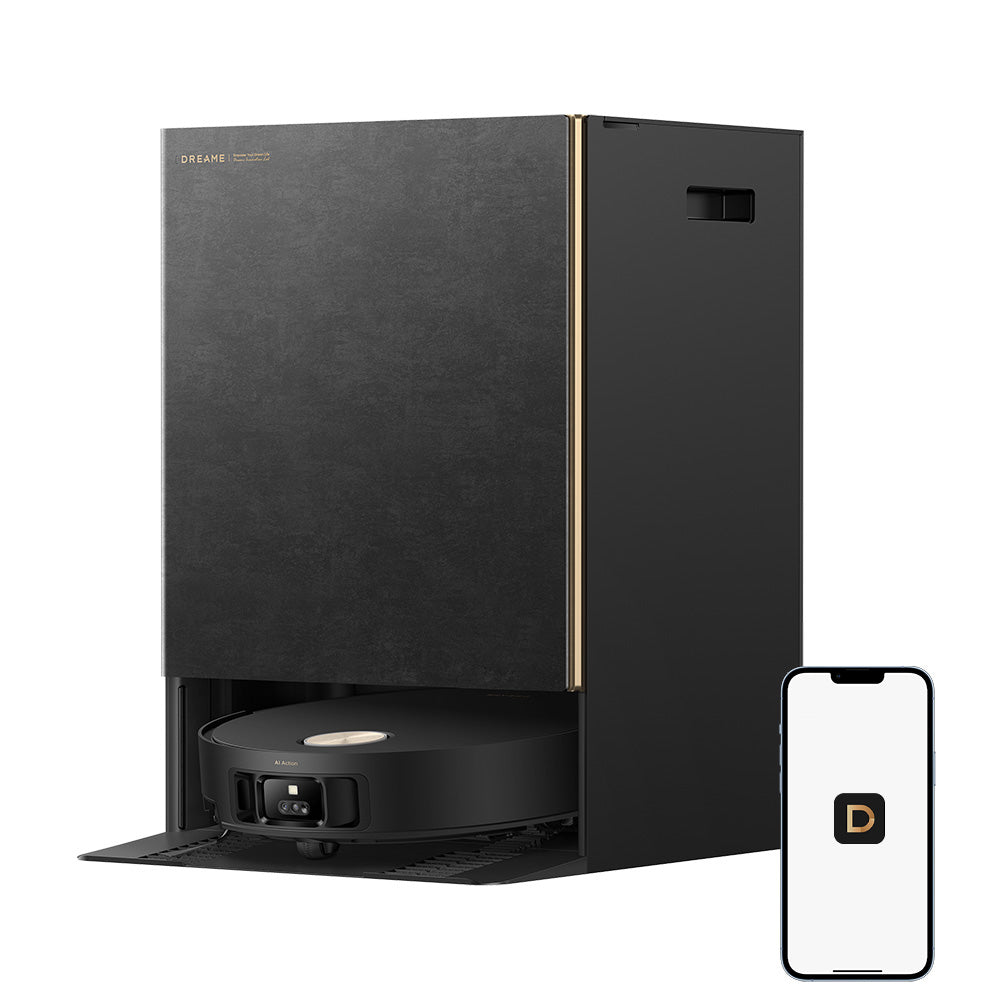
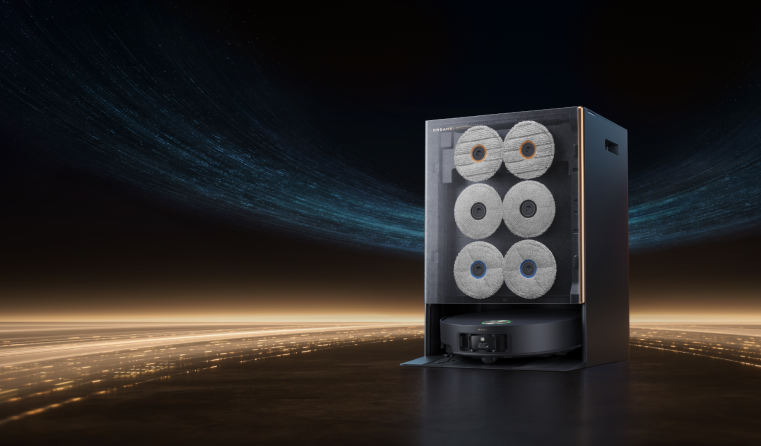
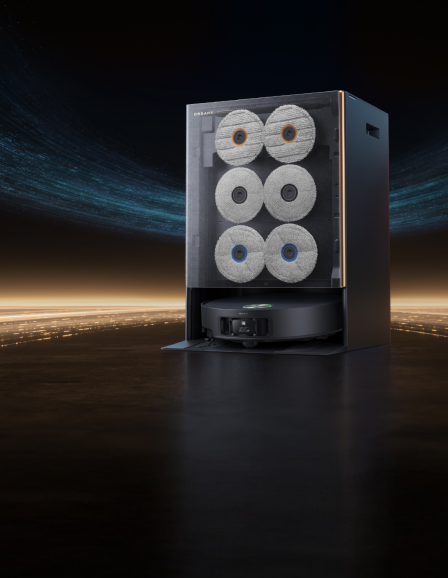
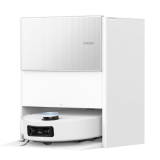
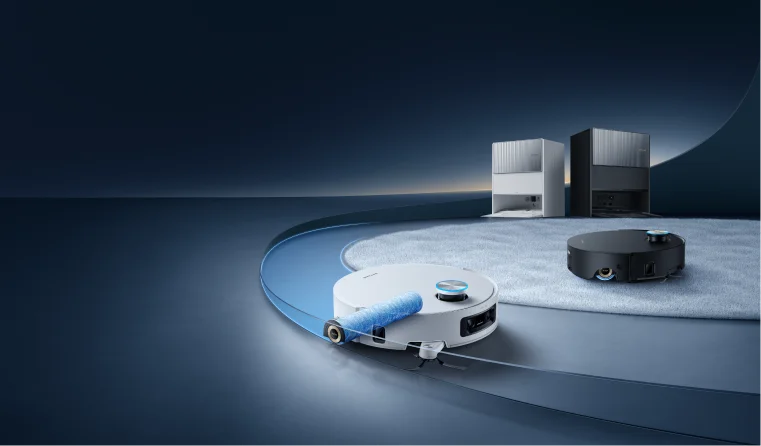
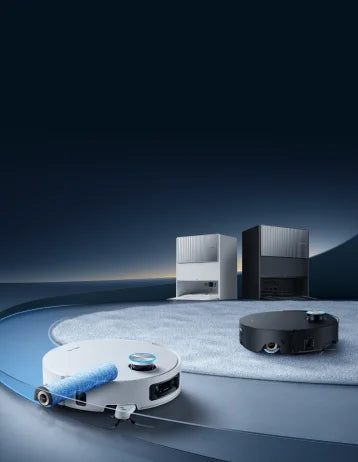
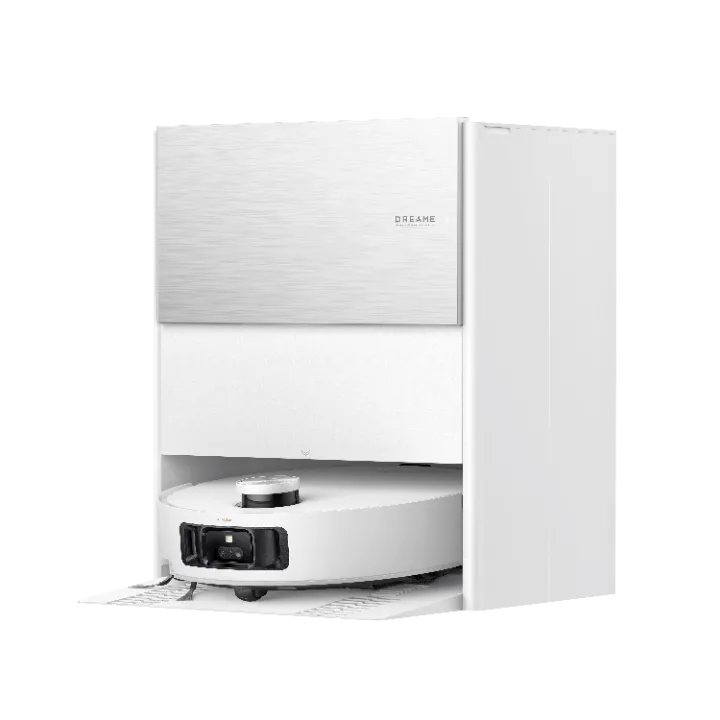
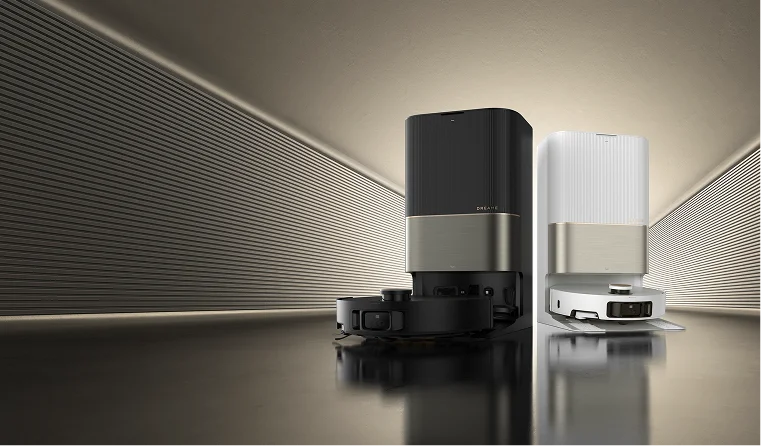
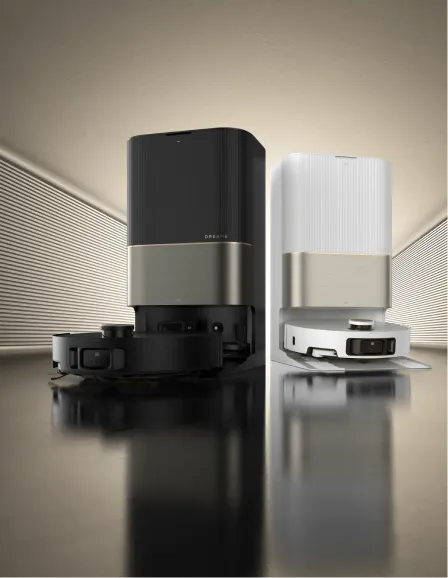
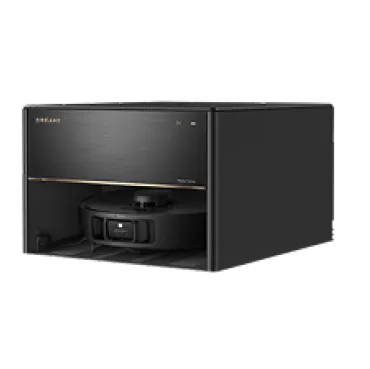
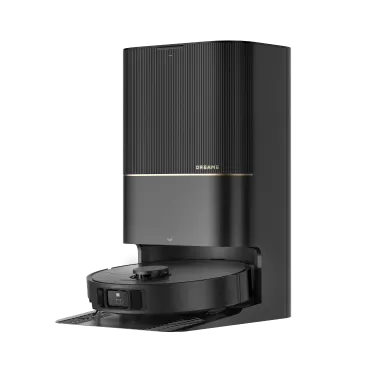
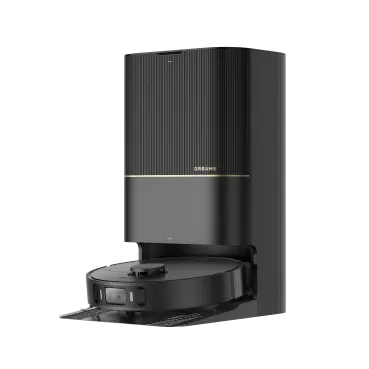
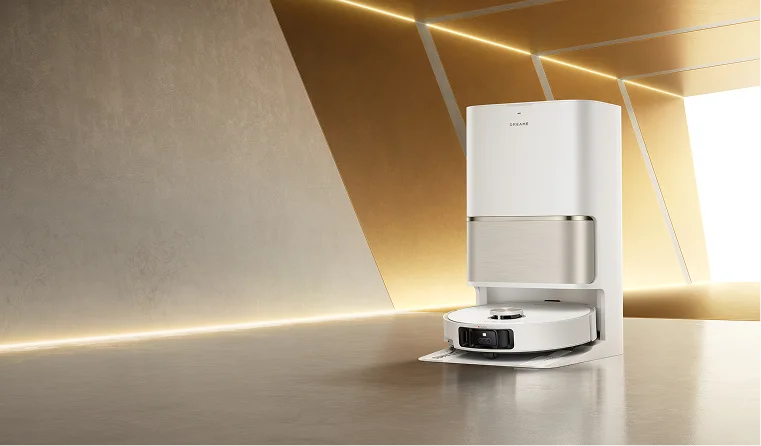
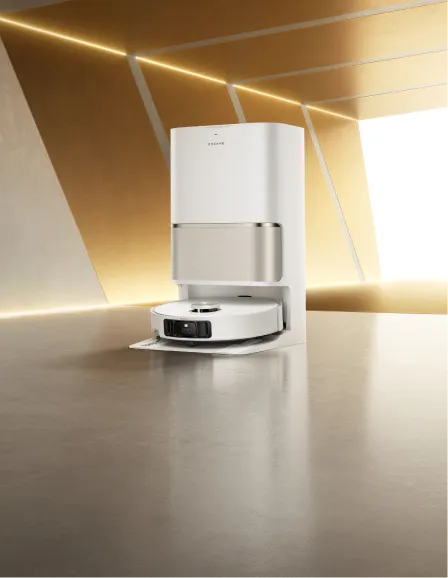
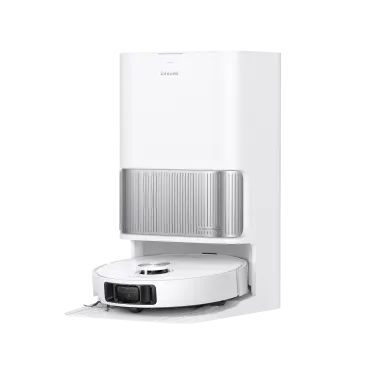
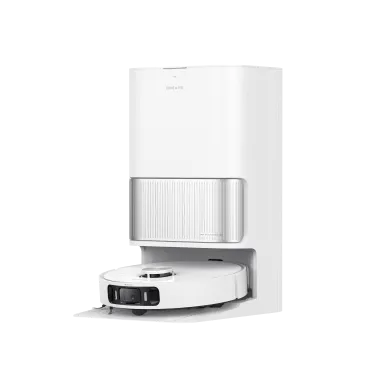
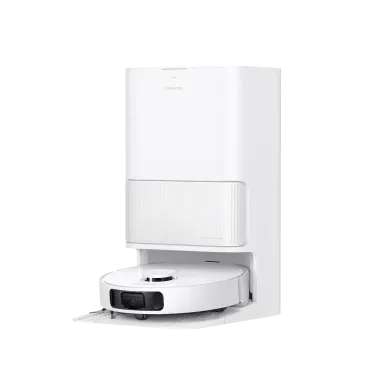
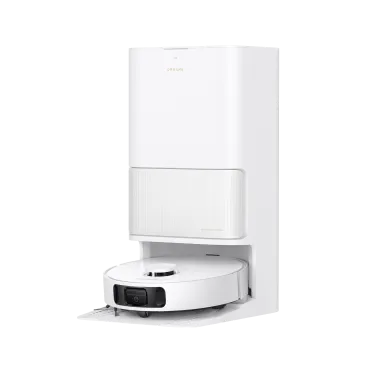
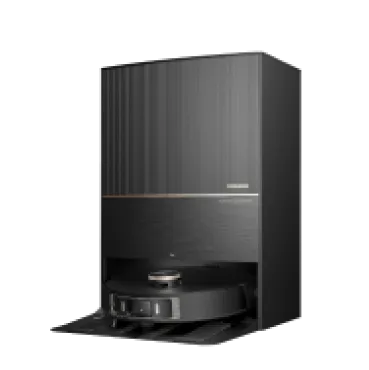
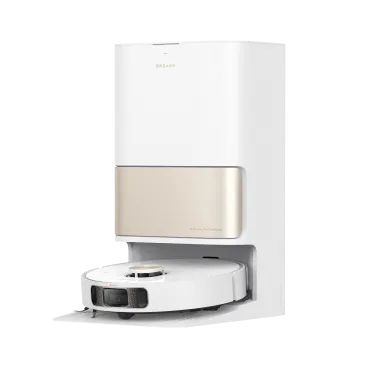
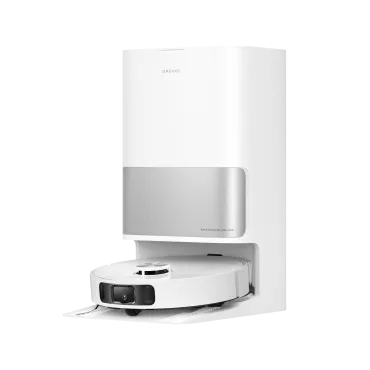
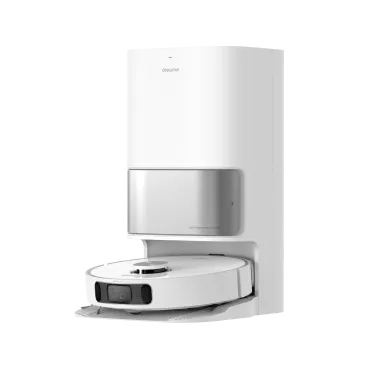
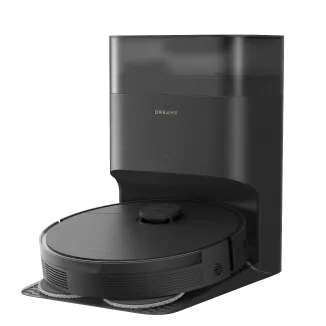
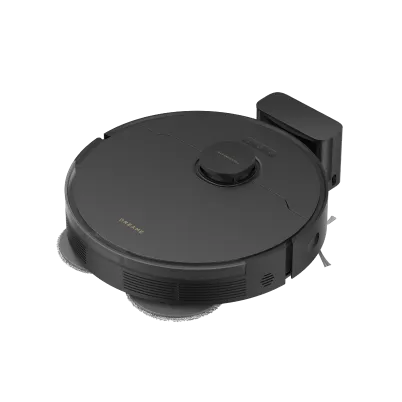
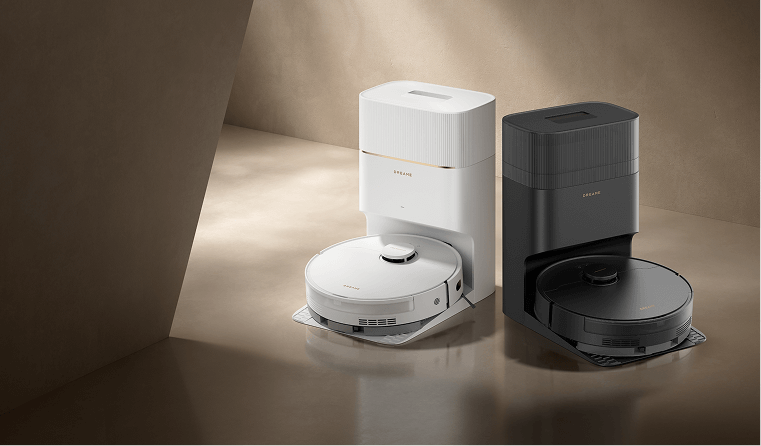
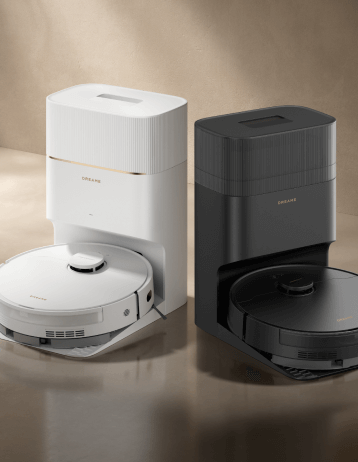
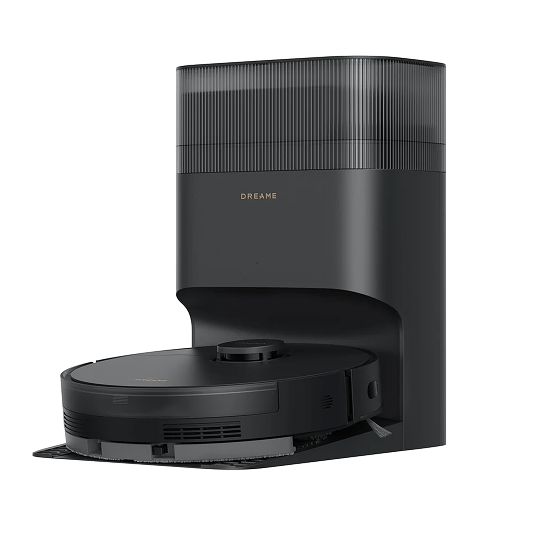
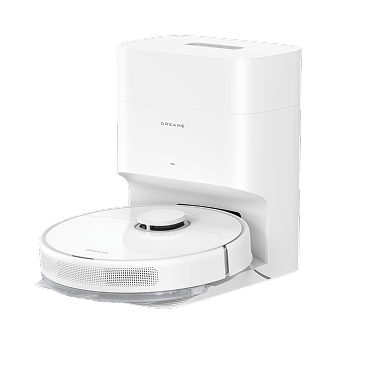
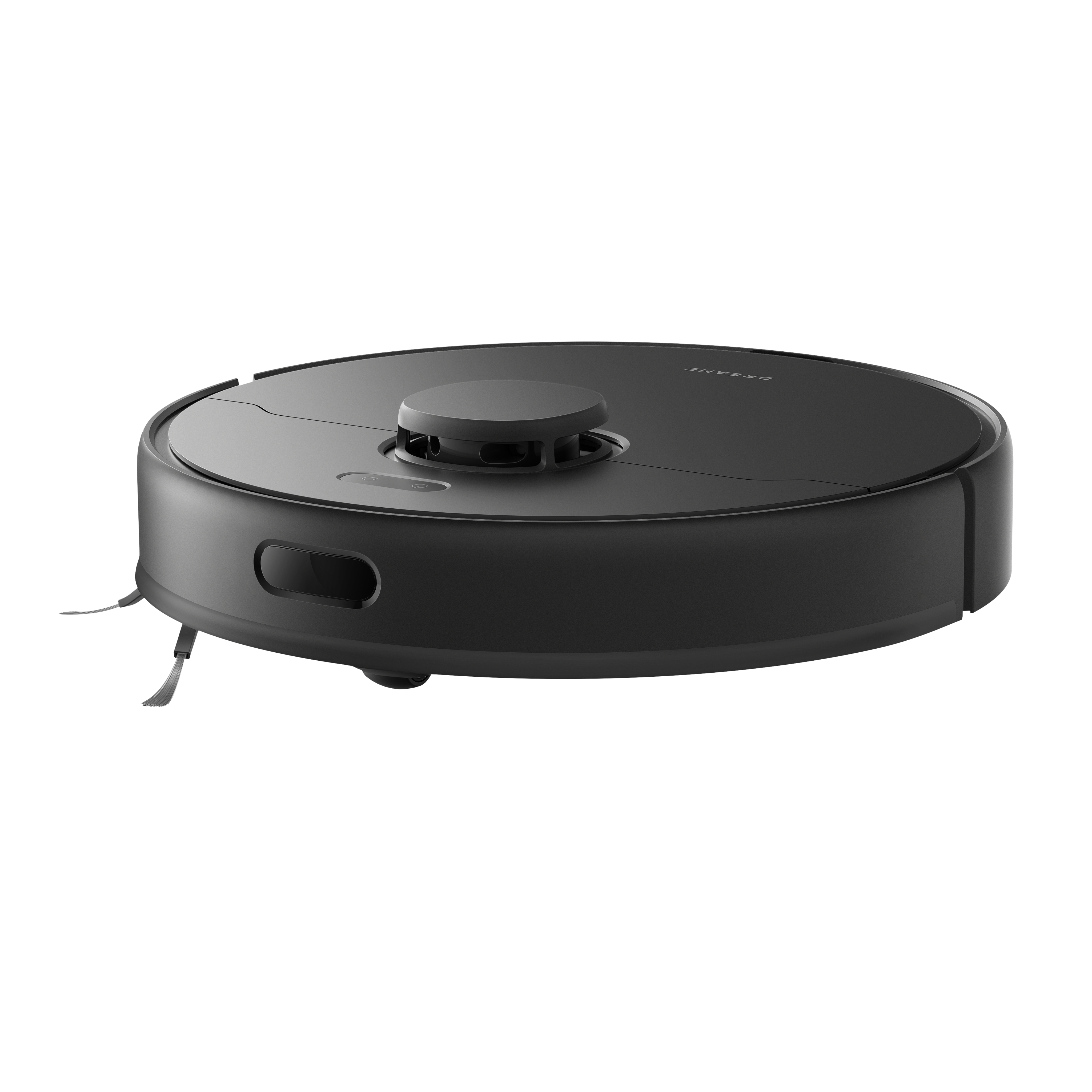
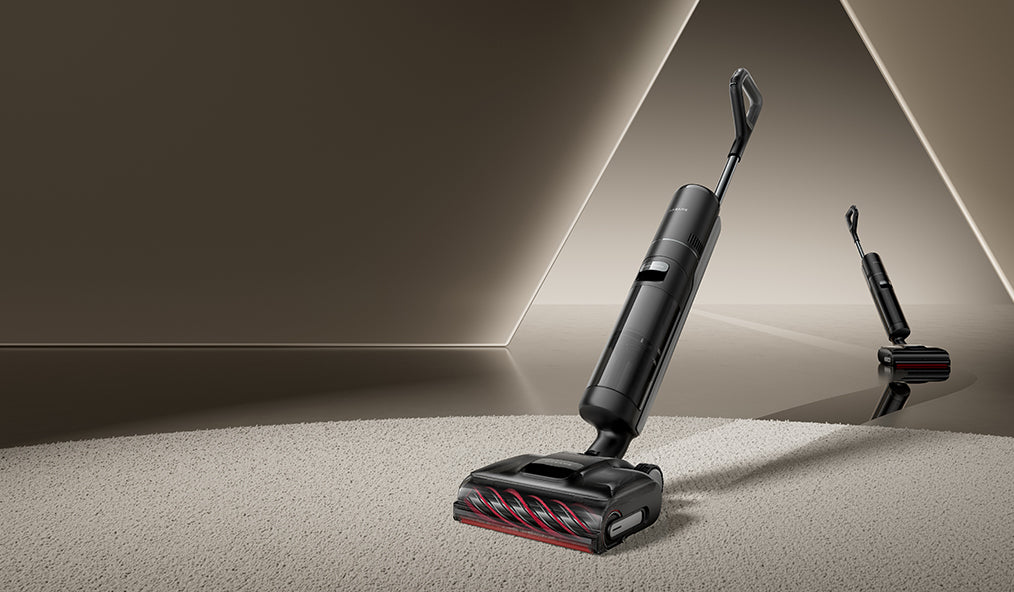
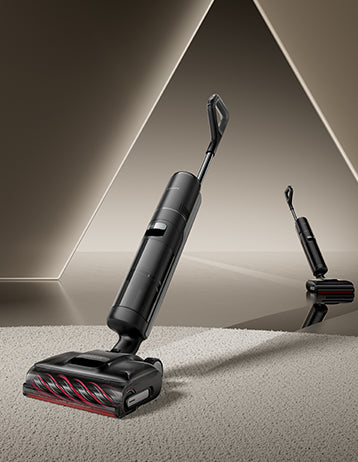
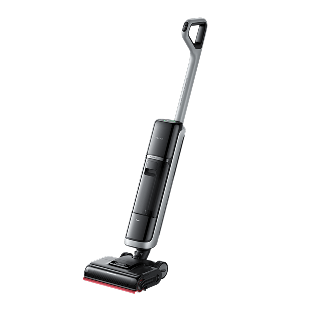
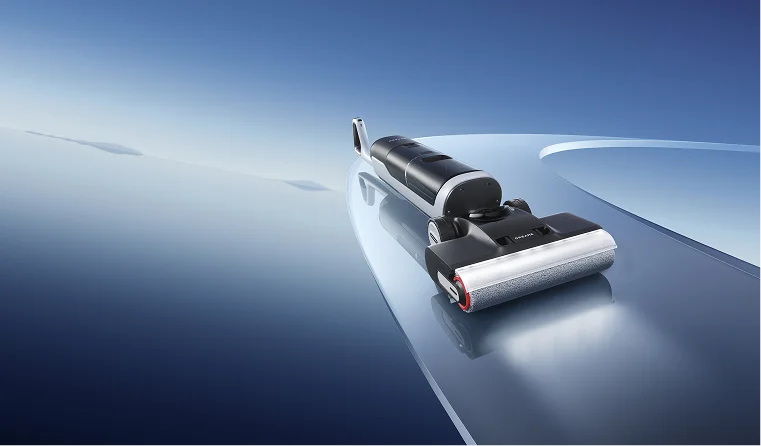
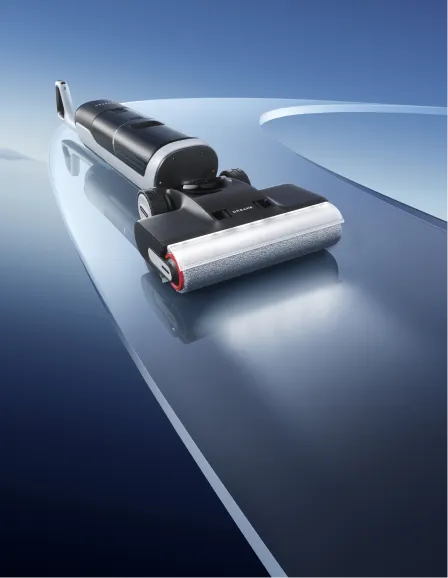
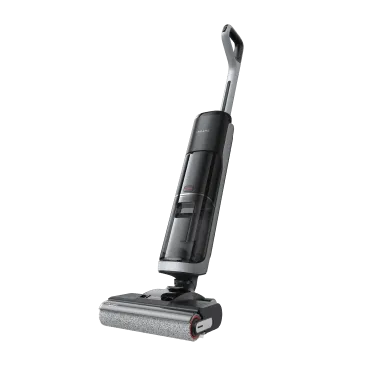
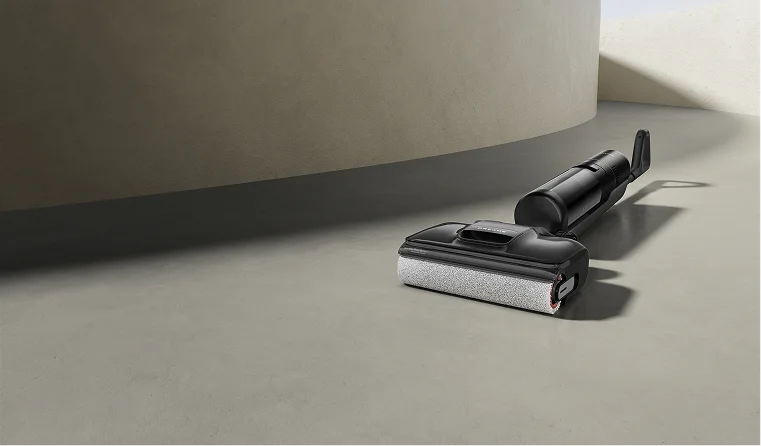
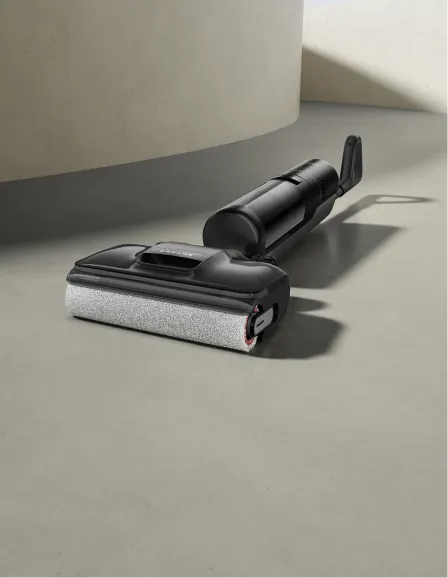
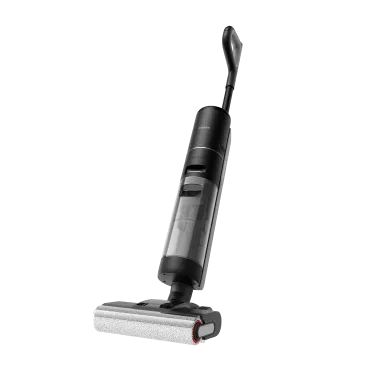
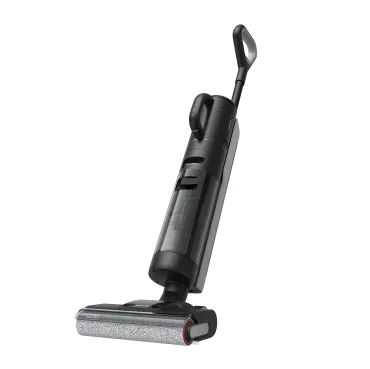
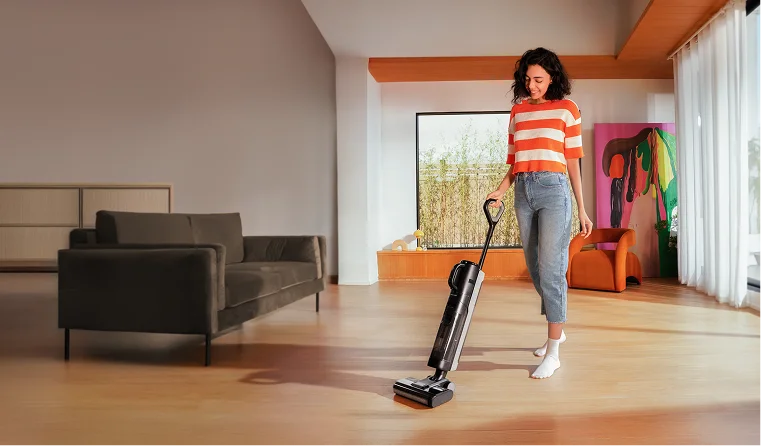
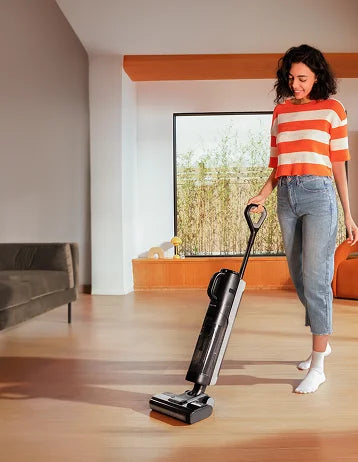
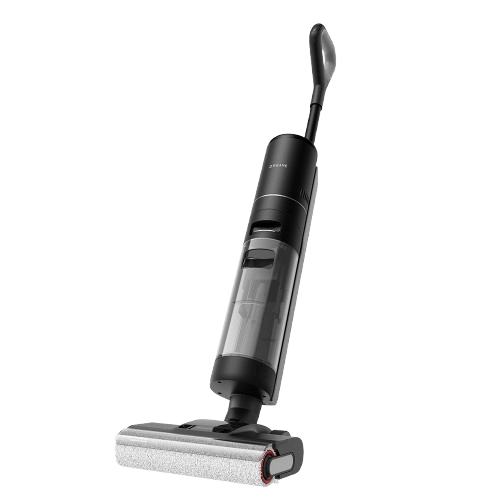
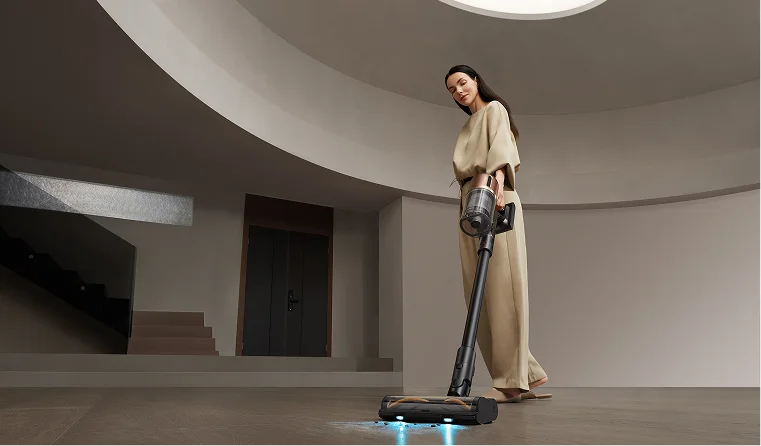
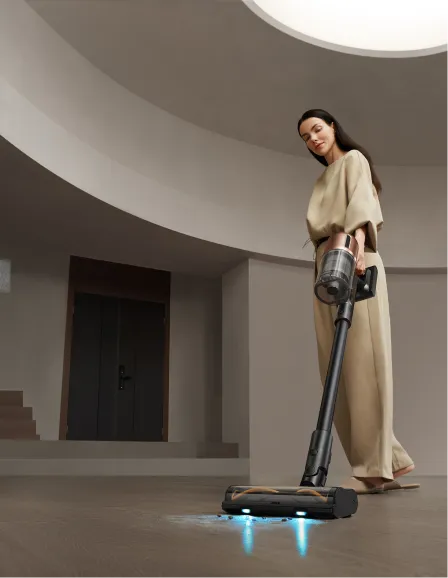
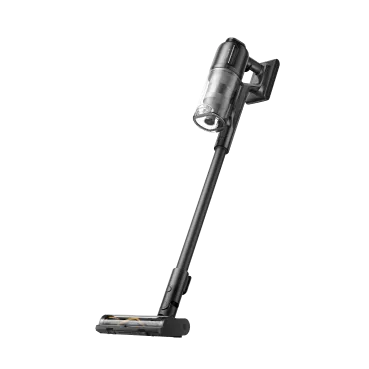
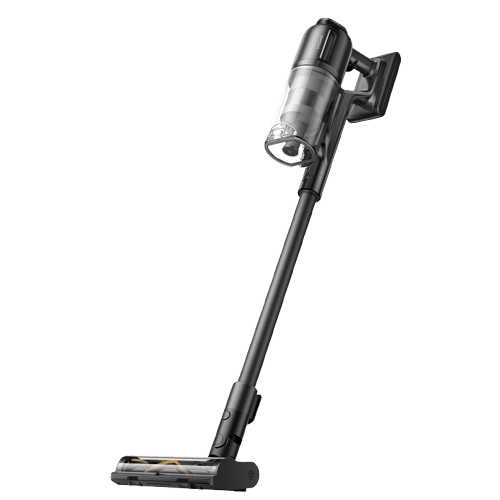
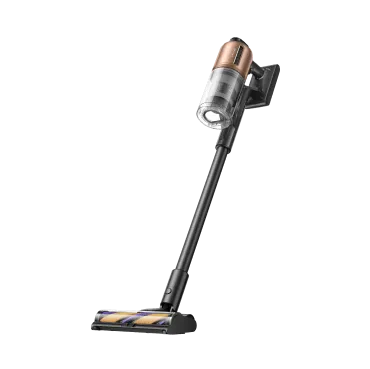
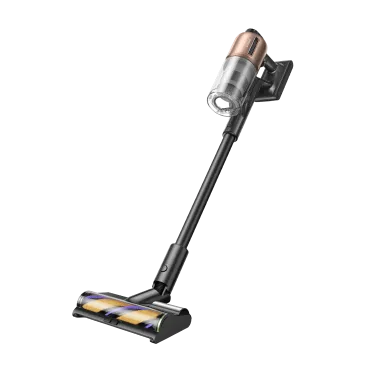
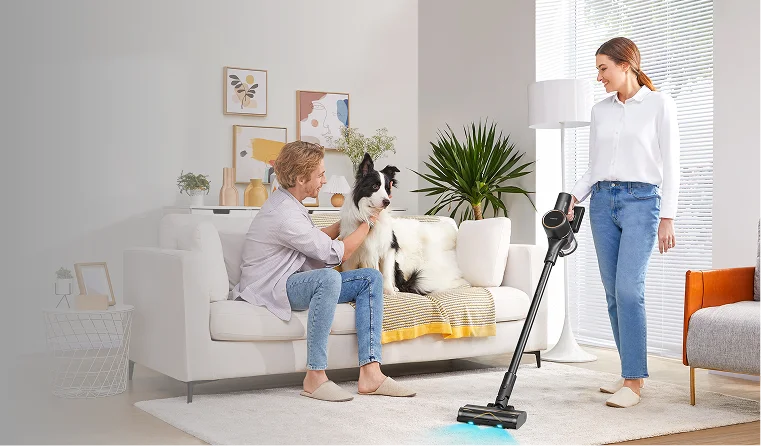
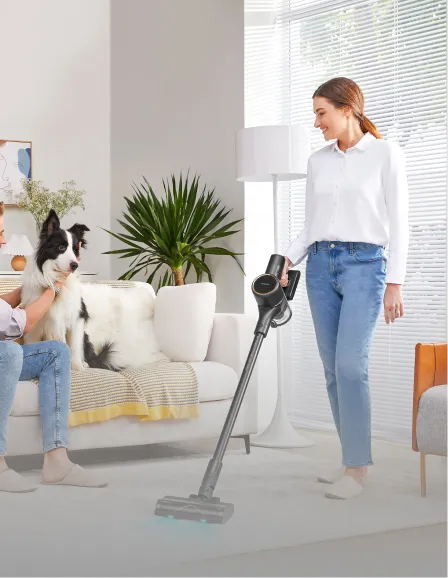
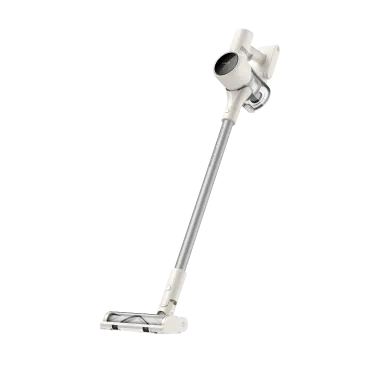
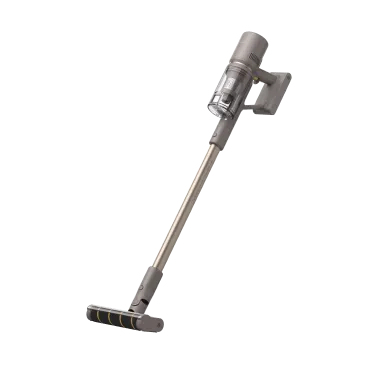
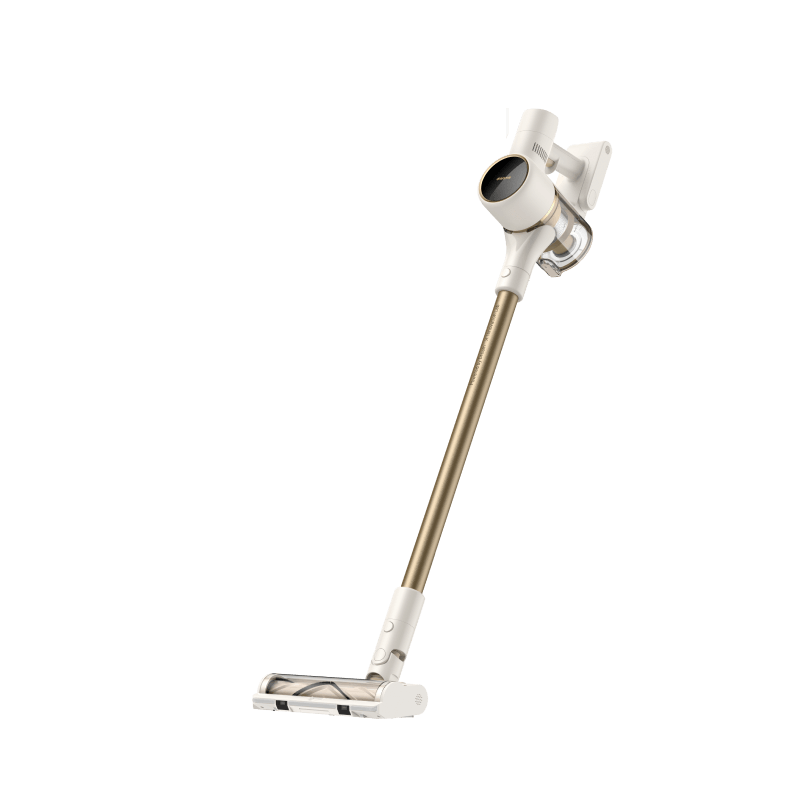
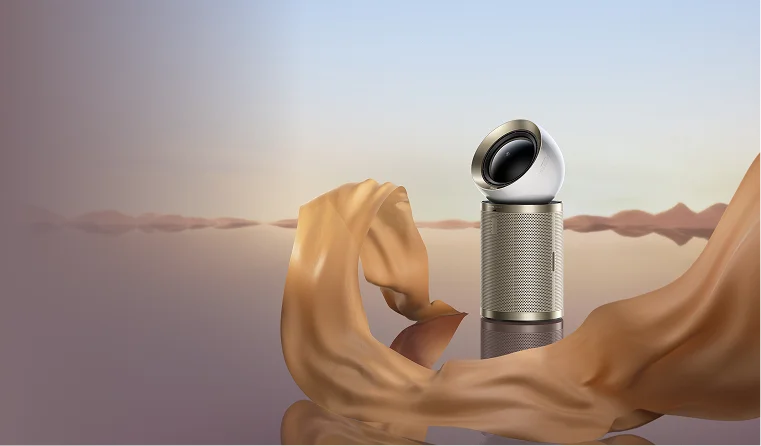
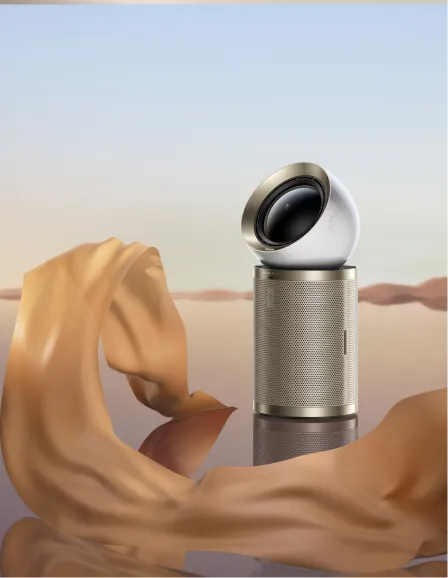
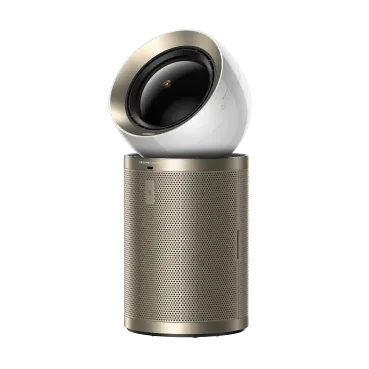
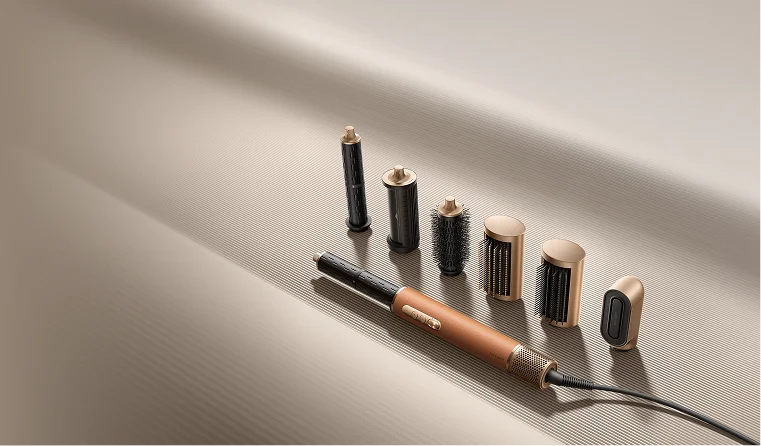
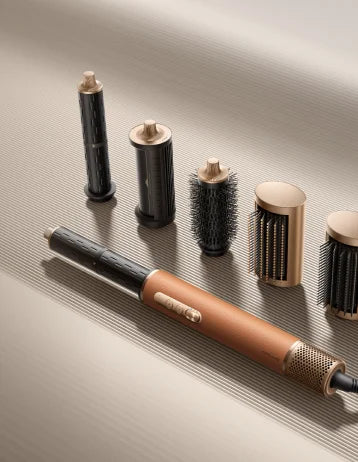
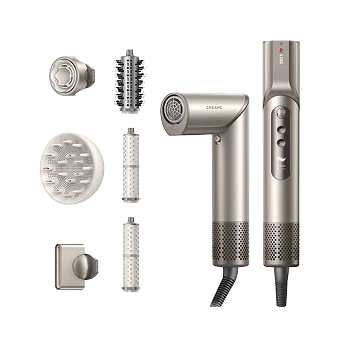
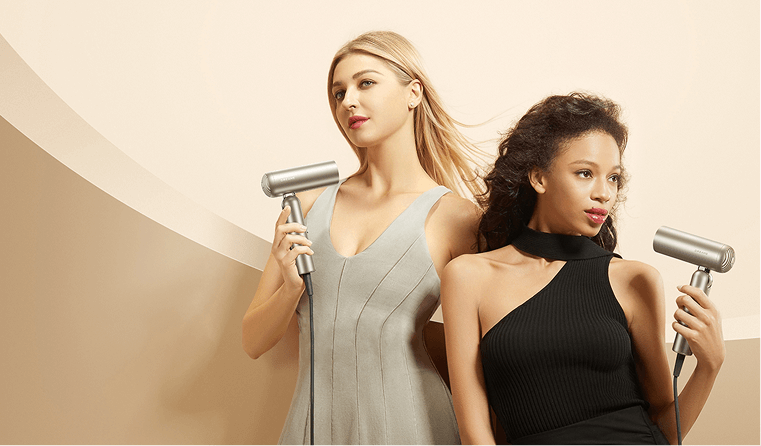

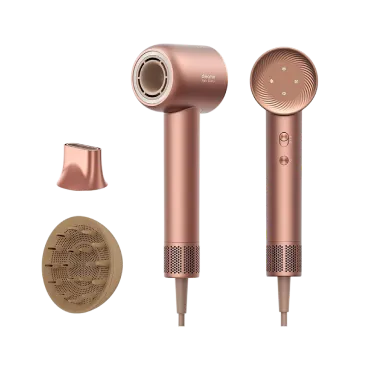
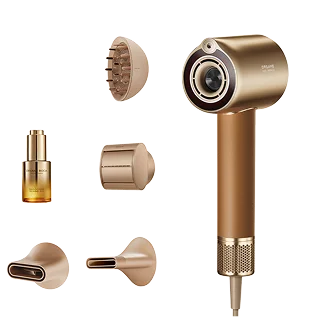
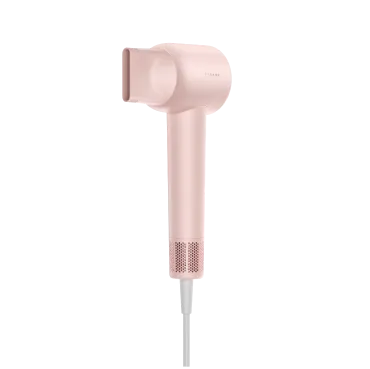


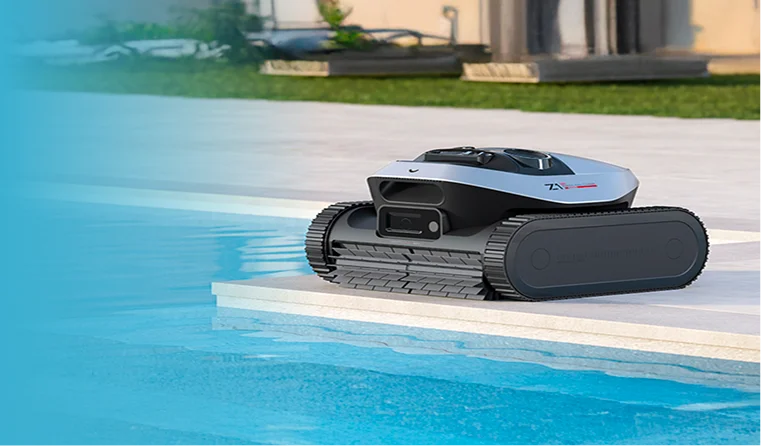
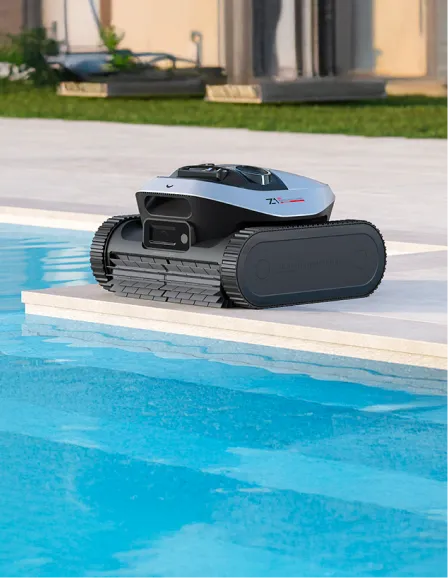
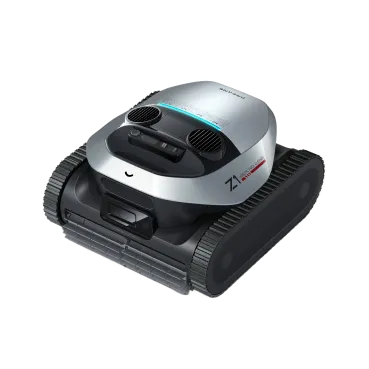
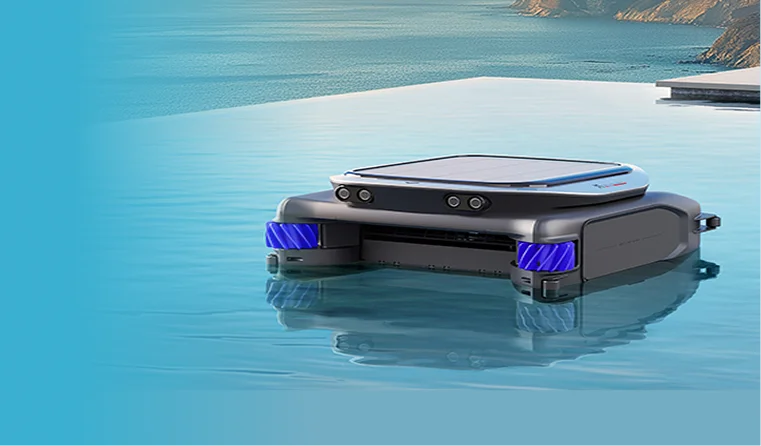
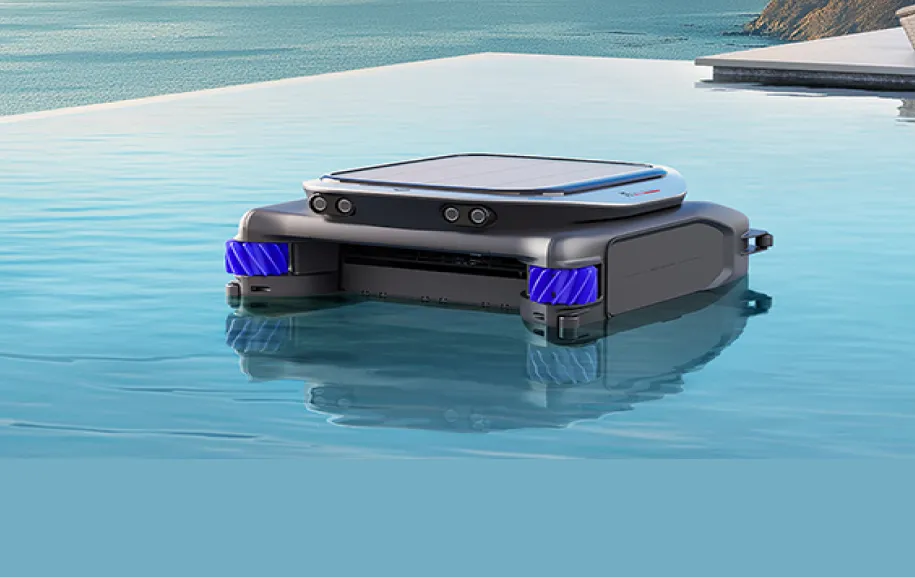










 Australia
Australia 中国大陆
中国大陆 日本
日本


 Türkiye
Türkiye


 Italia
Italia
 Netherlands
Netherlands Belgium
Belgium
 Greece
Greece Polska
Polska
 Norway
Norway
 Sweden
Sweden
 Finland
Finland
 Denmark
Denmark
 Hungary
Hungary Czechia
Czechia
 Slovenia
Slovenia
 Croatia
Croatia
 Switzerland
Switzerland United Kingdom
United Kingdom
 Canada
Canada









